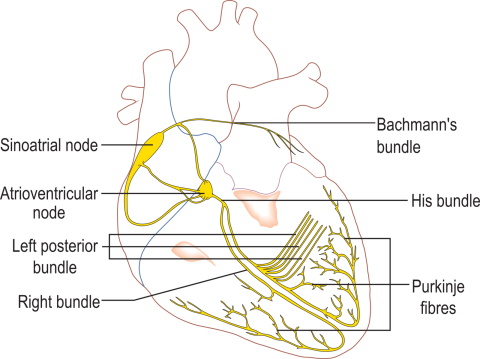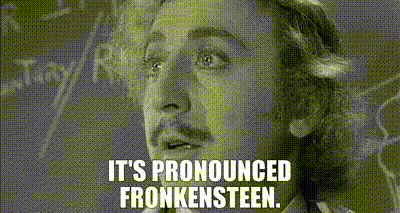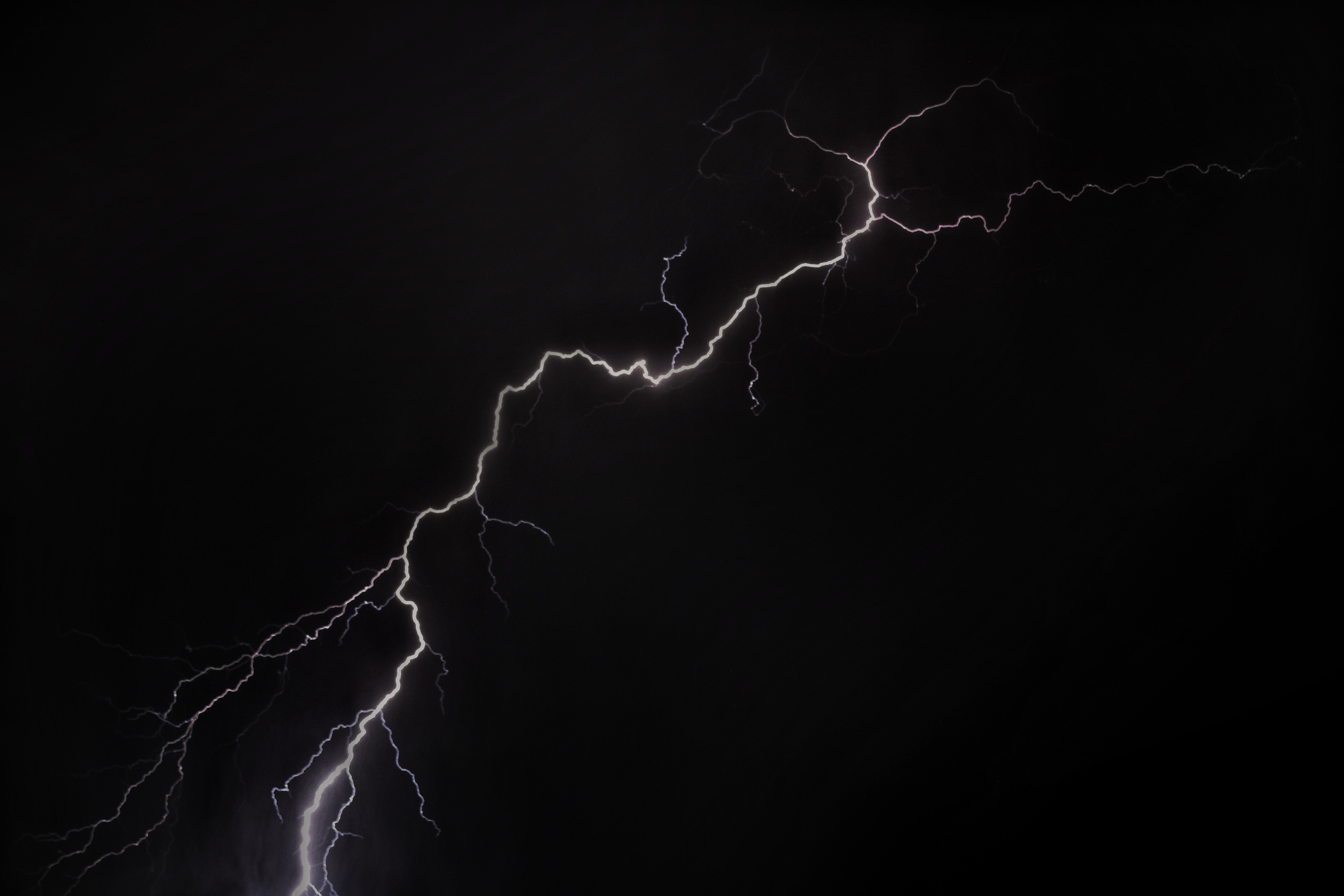In Mary Shelley’s Frankenstein, lightning is a metaphor. In the film adaptations, it’s famously also a direct mechanism. It is the flash that splits the sky, the force that animates the creature, and the reminder of how close life and death can sit to one another. Shelley, writing in 1818, lived at a moment when science was colliding with myth. Electricity was mysterious, poorly understood, and yet powerful enough to suggest that life itself might be a current waiting to be switched on. Two centuries later, we know more about the true electricity of life than Shelley could have imagined.

The heart is its very own electrical organ. Each beat begins with a spark; not from the heavens, but from the sinoatrial (SA) node, a cluster of cells in the right atrium. These cells spontaneously depolarize, setting off an electrical impulse that cascades across the heart in a perfectly orchestrated sequence.
→From SA node to atria
The atria contract, pushing blood into the ventricles.
→Through the AV node
The atrioventricular node delays the signal just long enough for the ventricles to fill.
→Down the His-Purkinje system (HPS)
That impulse races through specialized fibers, triggering the ventricles to contract and send blood out to the lungs and body.
The entire process takes less than a second, an elegant, repeating pattern that sustains every moment of our lives. Unlike Frankenstein’s stitched-together creature, whose life depends on an external jolt, our hearts carry their own internal battery. But electricity can misfire. Too much, too little, or poorly timed signals disrupt the rhythm and threaten the body’s most essential function: circulation.
Atrial fibrillation, for instance, is a storm in the atria, with chaotic electrical signals that prevent the atrial “kick” and drive an irregular, often rapid ventricular response. Ventricular fibrillation is even more dangerous, turning the ventricles into a quivering mess that cannot sustain life without immediate intervention.
Here, medicine borrows from Shelley’s imagery; the defibrillator, in its way, is a modern lightning bolt. A controlled surge of electricity resets the heart’s rhythm, restoring the possibility of order. It is a moment of cinematic drama that’s no less real for its frequency in medical practice.
In cardiac medicine, electricity is even directly applied. Radiofrequency electrosurgery helps control bleeding in the operating room. Pacemakers or ICDs (implantable cardioverter defibrillators) take over when the SA node fails or the ventricles spiral into chaos. Catheter-based ablation uses carefully delivered currents to scar small areas of tissue, preventing misfiring pathways from hijacking the rhythm. Each of these interventions is precise, nuanced, and far removed from the spooky fantasy of a laboratory table under a stormy sky. Yet they are bound by the same principle that electricity sustains life.
Shelley’s novel has endured not because of its crude science but because of its questions: What does it mean to animate? To restore? To interfere? These are not relics of Gothic imagination but questions that continue to echo through medicine and science alike. To spark life, whether by lightning or by the subtle current of the heart, is to stand at the edge between wonder and responsibility.
In Mel Brooks’ Young Frankenstein, Dr. Frederick Frankenstein (that’s Fronk-en-steen, of course) shouts, “It’s alive! It’s alive!” A parody of awe that still feels uncomfortably familiar. Because even today, each pulse, each restart, is its own act of creation, though without the camp and hubris, nothing too abby normal.


